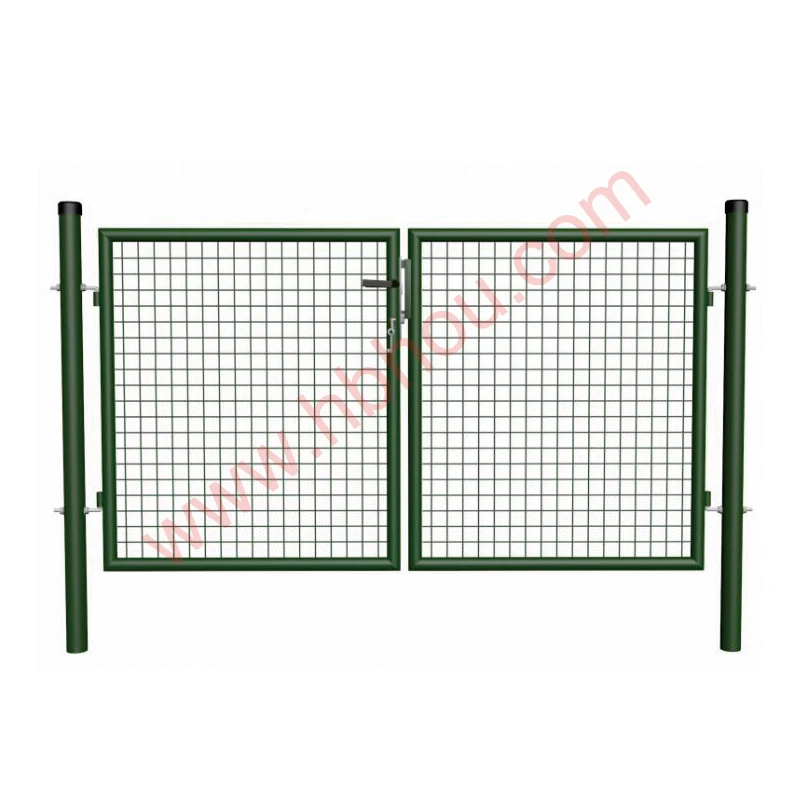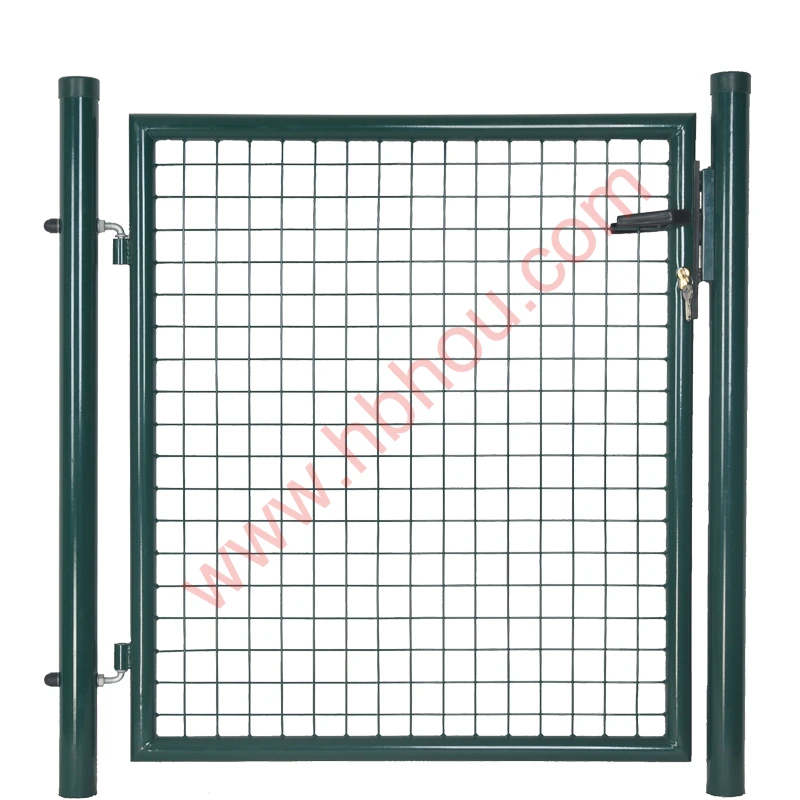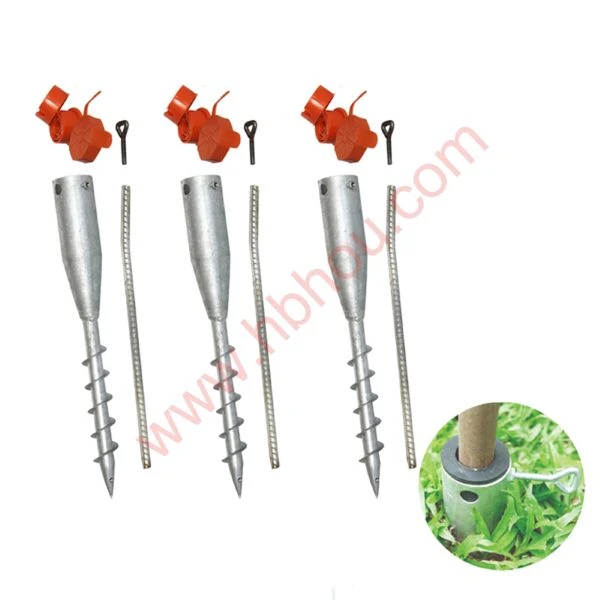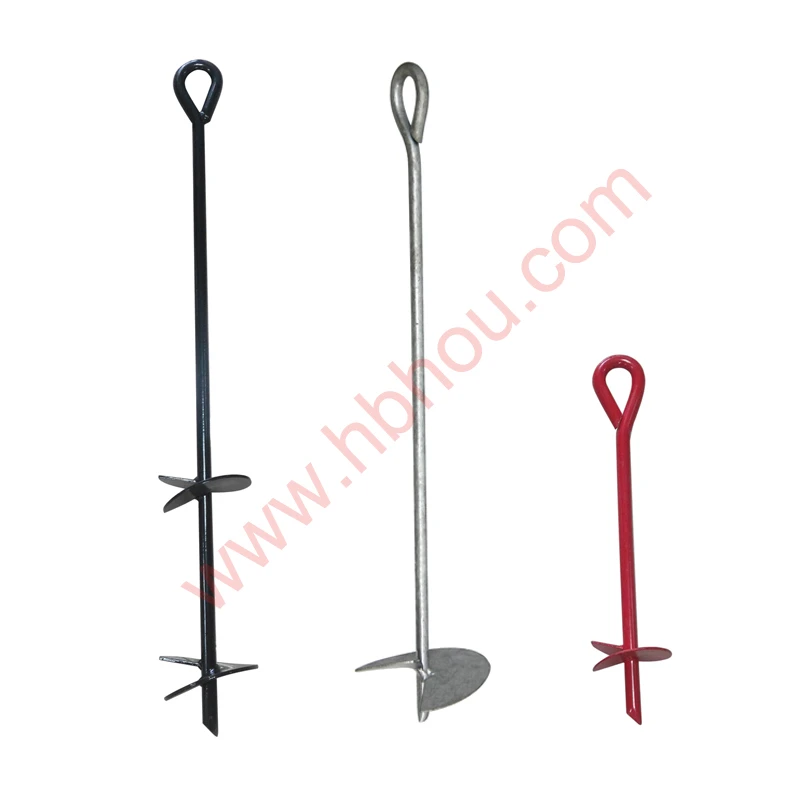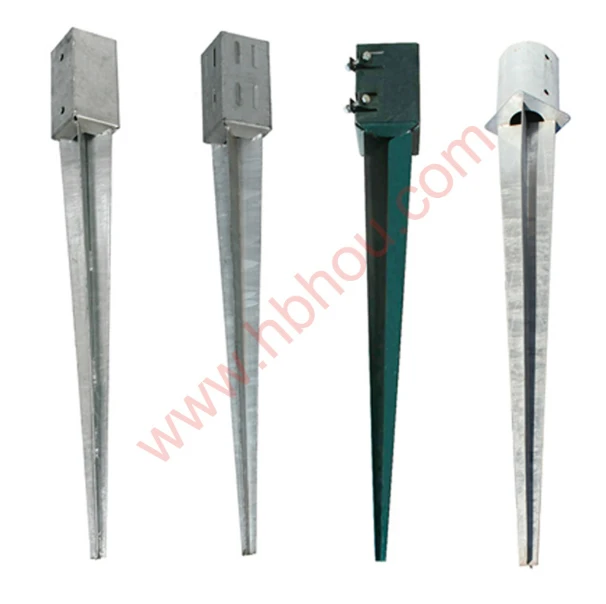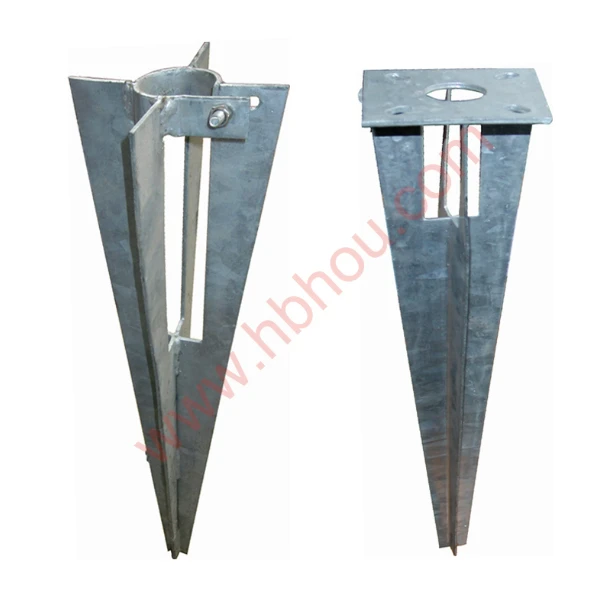Fixing Chain Link Fences A Comprehensive Guide
Chain link fences are a popular choice for homeowners and businesses alike due to their durability, cost-effectiveness, and versatility. However, like any structure, they may require repairs over time due to wear and tear, weather conditions, or accidental damage. Whether you experience a bent post, a loose section, or rust, fixing a chain link fence is often a manageable task with the right tools and know-how. In this article, we'll explore the common issues associated with chain link fences and provide a step-by-step guide to fixing them.
Common Issues with Chain Link Fences
1. Rust Over time, chain link fences can become prone to rust, especially in humid or coastal areas. Rust not only affects the appearance of the fence but can also lead to structural weaknesses.
2. Bent or Broken Posts Heavy impacts, such as those caused by vehicles or strong storms, can bend or break the posts that support the fence.
3. Loose Sections Sections of the fence may become loose due to the deterioration of components like ties or screws, leading to gaps that compromise security.
5. Broken Slats If your chain link fence has privacy slats, these can become damaged or warped and may need replacement.
Tools and Materials Needed
Before starting your repair, gather the necessary tools and materials
- Wire cutters - Pliers - Replacement chain link fabric (if needed) - Compression clamps or chain link fence ties - Rust-resistant paint or anti-rust spray - Steel posts (if any are bent or broken) - A drill with bits (if you need to secure loose parts)
fixing chain link fence

Steps for Repairing a Chain Link Fence
1. Assess the Damage Walk along your fence and identify all areas that need repair. Make a note of whether you need to replace posts, sections of wire, or if you simply need to tighten existing components.
2. Repair Rust For minor rust spots, you can use a wire brush to scrub away the rust. Afterward, apply a rust-inhibiting paint to prevent further corrosion. For extensive rust damage, consider replacing the affected section.
3. Fix Bent or Broken Posts If a post is bent, you can sometimes straighten it by applying force; however, for severely bent or broken posts, you will need to dig them out and replace them with new ones. Make sure to anchor the posts securely in concrete for added stability.
4. Tightening Loose Sections Use pliers or your hands to stretch out any loose links in the fence. Tighten loose ties or replace them if necessary. Ensure that the fence is secure and free from gaps.
5. Repairing Torn Mesh If your chain link fabric is torn, you can splice in a new piece of mesh. Cut the damaged section out, then use wire ties or knots to secure the new piece, ensuring it follows the same orientation as the existing fabric.
6. Replace Broken Slats If you have privacy slats, remove the damaged ones and replace them with new ones. It's preferable to remove the entire section for easier handling.
7. Final Touch-Up After all repairs, step back and reassess the fence. Apply any final coats of paint where repairs were made and ensure everything is tidy and secure.
Conclusion
Repairing a chain link fence can be a straightforward project if approached methodically. With a little bit of patience and the right tools, you can restore your fence to its former glory, ensuring safety and privacy for years to come. Regular maintenance and inspections can prevent extensive damage and costly repairs in the future, making your chain link fence a lasting solution for your property boundaries.









